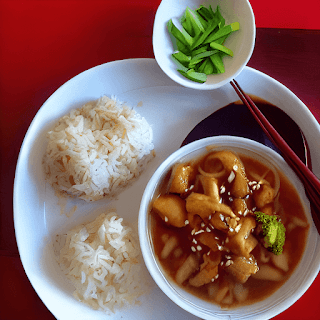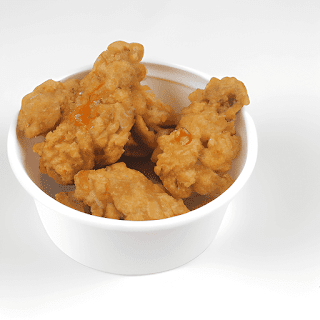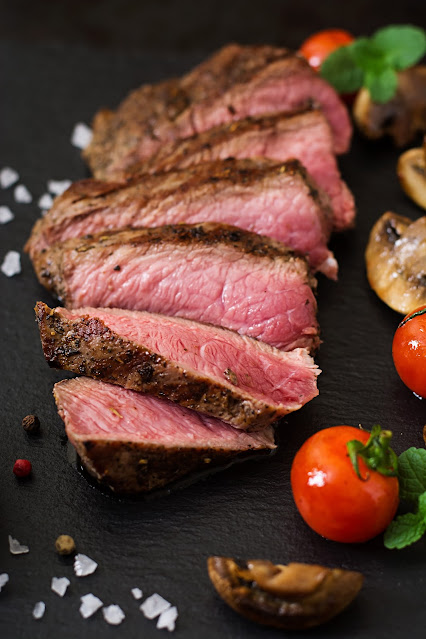Key Elements of Chinese Cuisine Regional Diversity: One of the most remarkable aspects of Chinese cuisine is its regional diversity. China's vast size and varying climates have given rise to a plethora of regional cuisines, each with its unique ingredients and cooking techniques. Some of the most famous regional cuisines include Sichuan, Cantonese, Hunan, and Shandong, each offering a distinct set of flavors and dishes. Ingredients: Chinese cuisine is renowned for its use of fresh and seasonal ingredients. Staples like rice, wheat, and soybeans form the basis of many dishes, while an array of vegetables, meats, and seafood create a colorful palette of flavors. Herbs and spices such as ginger, garlic, star anise, and Sichuan peppercorns add depth and complexity to Chinese dishes. Cooking Techniques: Chinese culinary artistry is characterized by a wide range of cooking techniques, including stir-frying, steaming, braising, deep-frying, and roasting. Woks, cleavers, and bamboo steamers are essential tools in the Chinese kitchen, facilitating these various methods.
People Also Ask
| Question | Answer |
|---|
| What are the origins of Chinese food? | Chinese food originates from China and has various regional styles, each with unique flavors. | | What are common ingredients in Chinese cuisine? | Common ingredients include rice, noodles, vegetables, tofu, seafood, and a variety of meats. | | What cooking techniques are used in Chinese cuisine? | Chinese cuisine includes stir-frying, steaming, braising, deep-frying, and various wok methods. | | What are the key flavors in Chinese food? | Chinese cuisine emphasizes balancing sweet, sour, bitter, salty, and umami tastes. | | Are there regional varieties of Chinese food? | Yes, different regions like Sichuan, Cantonese, and Hunan offer distinct dishes and spices. | | What are popular Chinese dishes? | Popular dishes include Kung Pao Chicken, Peking Duck, Dim Sum, Chow Mein, and Sweet and Sour Pork. | | How significant is Chinese food to Chinese culture? | Chinese food is deeply intertwined with Chinese culture, symbolizing luck, prosperity, and unity. | | Are there healthy options in Chinese cuisine? | Many Chinese dishes feature vegetables and lean proteins, providing healthy dining choices. | | What are common sauces and condiments in Chinese food? | Various sauces like soy sauce, hoisin sauce, and oyster sauce enhance flavors in dishes. | | What dining etiquettes are important in Chinese culture? | Chinese dining involves sharing dishes, using chopsticks, and showing appreciation for hosts. |
Flavors With Muntaha: Frequently Ask Questions
1. What is the origin of Chinese food? - Chinese food originates from China, with various regional styles, each offering unique flavors.
2. What are the common ingredients used in Chinese cuisine? - Common ingredients in Chinese cuisine include rice, noodles, vegetables, tofu, seafood, and various meats.
3. What cooking techniques are prevalent in Chinese cuisine? - Chinese cuisine employs techniques such as stir-frying, steaming, braising, deep-frying, and various wok methods.
4. What flavors characterize Chinese food? - Chinese cuisine is known for balancing sweet, sour, bitter, salty, and umami flavors.
5. Are there different styles of Chinese food based on regions? - Yes, different regions like Sichuan, Cantonese, and Hunan offer their own distinctive dishes and spices.
6. Which Chinese dishes are popular and well-known? - Popular Chinese dishes include Kung Pao Chicken, Peking Duck, Dim Sum, Chow Mein, and Sweet and Sour Pork.
7. How important is Chinese food to the culture? - Chinese food is deeply embedded in Chinese culture, symbolizing concepts like luck, prosperity, and unity.
8. Can Chinese cuisine be a healthy dining choice? - Absolutely, many Chinese dishes feature vegetables and lean proteins, providing healthier options.
9. What are the typical sauces and condiments used in Chinese cuisine? - Chinese dishes are enhanced with sauces like soy sauce, hoisin sauce, and oyster sauce, adding depth to flavors.
10. Are there specific dining etiquettes in Chinese culture?
- Yes, Chinese dining often involves communal sharing, chopstick use, and showing gratitude to hosts. This FAQ section addresses common inquiries about Chinese food, ranging from its origins to cultural practices associated with dining. |
|
|---|
|
|
|
|
|
|
|
|
|
|
|
|
|
|
|
| 💥👇👇In This Post Questions Are Solved👇👇💥
|
|
|
|
| - Chinese food chinese food recipe dumpling pakistani
- Chinese food chinese food recipe dumpling ingredients
- Chinese food chinese food recipe dumpling easy
- Chinese food chinese food recipe dumpling chicken
- chinese dumplings recipe easy
- chinese pork dumpling recipe
- chinese dumpling wrapper recipe
- chinese steamed dumplings recipe
|
|
|
|
|
|
|
|
|
|
|
|





Comments
Post a Comment